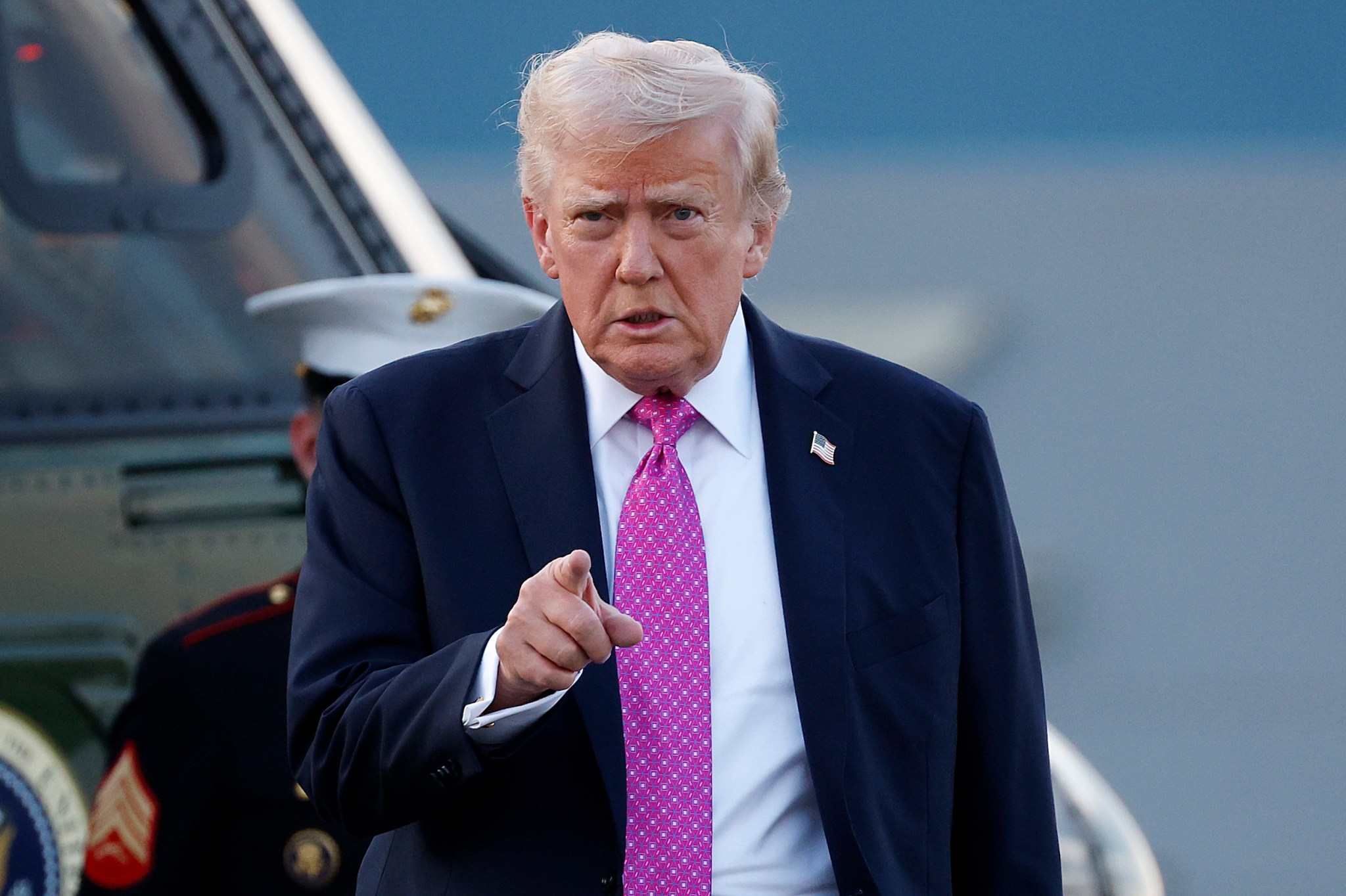
- President Trump’s criticism of the Fed is undermining the dollar, causing investors to hedge against it and drive gold prices higher, according to Deutsche Bank and Convera. The Fed will likely deliver a 0.25% interest rate cut today, exacerbating anti-dollar sentiment.
Global stock markets are essentially on hold until U.S. Federal Reserve Chairman Jerome Powell delivers his expected 0.25% cut to interest rates later today.
In the meantime, the real drama is all about the U.S. dollar—which is down 10.83% against foreign currencies on the DXY index year to date, and will likely tumble further as the Fed lowers interest rates on dollar-denominated debt.
Investors are selling the dollar in part because of President Trump’s attacks on the Fed. If the Fed stops being independent of political meddling, then its credibility as a source of sound monetary policy will become compromised, analysts have repeatedly warned. That will make the dollar a less reliable reserve currency—and it is already leading investors to hedge against U.S. assets, according to Deutsche Bank.
The dollar has put in such a feeble performance this year that it has begun to hurt foreign investors in U.S. assets. Foreigners own 19% of U.S. equities, according to Deutsche Bank’s research. The S&P 500 has grown 12% this year to date, but any foreigner will have seen more than 10% of that dollar value eaten away over the same time period by the falling value of the greenback.
The result, Deutsche Bank’s George Saravelos said in a research note earlier this week, is foreign investors are now increasingly hedging against the dollar when buying U.S. equities.
“The results are stark: for the first time this decade hedged inflows into America are now dominating over unhedged exposure,” he said. ”The shift is exceptionally stark in equities … more than 80% of inflow is now hedged.”

Hedging is bad for the dollar because “for every hedged dollar asset that is bought, an equivalent amount of currency is sold to remove the FX risk,” Saravelos said.
Convera’s Antonio Ruggiero agrees. A weakened Fed is bad for the dollar, he told clients this morning in a note seen by Fortune: “Concerns over Fed independence—with Powell’s possible replacement in May by a dovish Trump appointee—suggest a longer and more aggressive easing path. Also, the still-fragile sentiment toward the greenback is likely to keep investors hedging against further dollar weakness.”
What’s bad for the dollar is good for gold
The other side effect of Trump’s attacks on the Fed is the rising price of gold, Saravelos’s colleague Michael Hsueh said in a note to clients published today. Hsueh predicted the price of gold could hit $4,000 per troy ounce. (It is currently $3,663.)
There is “an ongoing challenge to Fed independence, and changes to the composition of the FOMC creating uncertainty over how this will affect the Fed’s reaction function next year,” he said. “Our preference [is] for USD downside as it loses its status as a G10 highyielder and reflecting foreigners’ newfound inclination to invest in U.S. assets on a currency hedged basis.”
That nervousness around the Fed and the dollar is moving investors into the perceived relative safety of gold, Hsueh wrote: “Official demand for gold [is] continuing at a pace around twice that of the 2011-2021 average, with much of this on account of China.”
Elsewhere, the S&P 500 sold off a little from its record high yesterday, and this morning U.S. futures are down or flat—suggesting that some traders have decided to lock in their gains before Powell delivers what are likely to be market-moving remarks this afternoon. Asian markets were mixed prior to the opening bell in New York but European exchanges were largely flat or moving upward in early trading.
Here’s a snapshot of the markets globally this morning:
- S&P 500 futures were flat this morning. The index closed down 0.13% in its last session.
- STOXX Europe 600 was flat in early trading.
- The U.K.’s FTSE 100 was up 0.21% in early trading.
- Japan’s Nikkei 225 was down 0.25%.
- China’s CSI 300 was up 0.61%.
- The South Korea KOSPI was down 1.05%.
- India’s Nifty 50 was up 0.36% before the end of the session.
- Bitcoin rose to $116.8K.







